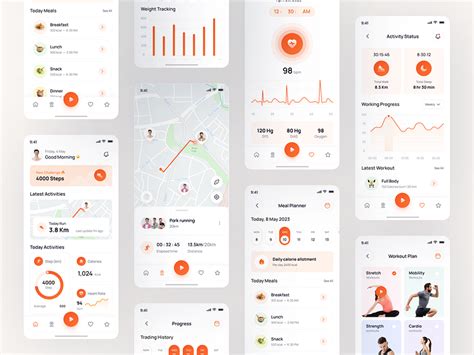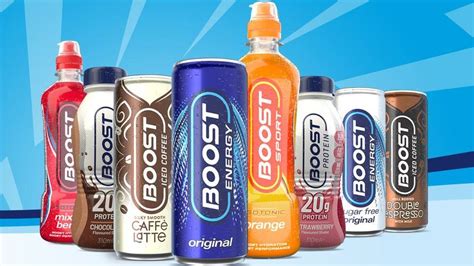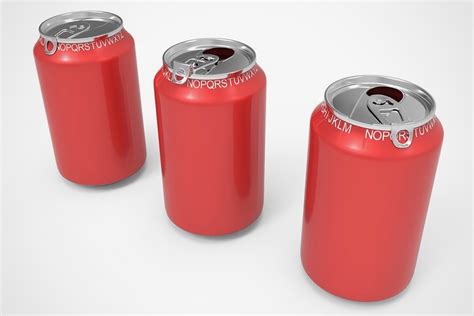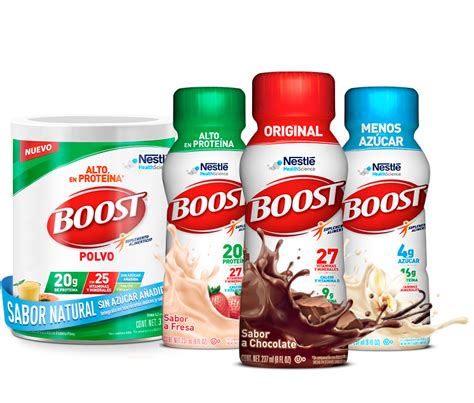How to break through strength plateaus for consistent peak performance gains?

Understanding Strength Plateaus
Every dedicated athlete or fitness enthusiast eventually encounters the dreaded strength plateau. This is a point where, despite consistent effort, your progress in lifting heavier, performing more reps, or improving overall strength seems to halt. Plateaus are a natural part of any long-term training journey, signaling that your body has adapted to the current stimulus and requires a new challenge to continue growing. Recognizing why they occur – often due to insufficient recovery, repetitive training, or a lack of nutritional support – is the first step toward breaking through them.

Varying Your Training Stimulus
Beyond Just Adding Weight: Progressive Overload
While progressively adding weight is the most common form of overload, it’s not the only one. To break a plateau, you need to trick your body into adapting again. Consider these variations:
- Increase Reps: Stick with the same weight but aim for more repetitions.
- Increase Sets: Add an extra set to your routine, increasing total volume.
- Decrease Rest Time: Reduce the time between sets to boost metabolic stress.
- Improve Tempo: Slow down the eccentric (lowering) phase or pause at the bottom of a movement to increase time under tension.
- Increase Frequency: Train a muscle group more often per week, within reason.
- Introduce New Exercises: Swap out stalled exercises for variations or completely different movements that target the same muscles in a novel way.
Embrace Periodization and Deloads
Systematic variations in your training program, known as periodization, are crucial for long-term progress. This involves cycles of high intensity, high volume, and lighter training periods. Deload weeks, where you significantly reduce volume and/or intensity, are vital. They allow your central nervous system to recover, repair tissues, and prepare for the next push, often resulting in a stronger return to training.

Optimizing Recovery and Nutrition
You don’t get stronger in the gym; you get stronger recovering from the gym. Neglecting recovery and nutrition is a primary culprit for stalled progress. Prioritize:
- Sleep: Aim for 7-9 hours of quality sleep per night. This is when most muscle repair and hormone regulation occur.
- Hydration: Adequate water intake is essential for all bodily functions, including muscle performance and recovery.
- Nutrition: Ensure you’re consuming enough calories, protein, carbohydrates, and healthy fats to support muscle growth and repair. Track your intake to identify potential deficiencies.
- Active Recovery: Light cardio, stretching, foam rolling, or yoga can improve blood flow and reduce muscle soreness.

Refine Technique and Address Weaknesses
Perfecting Your Form
Often, a plateau isn’t about a lack of strength but a breakdown in technique. Slight adjustments to your form can unlock new strength and prevent injury. Record your lifts, review them, and consider working with a qualified coach to identify and correct any inefficiencies in your movement patterns.
Targeting Weak Links with Accessory Work
Identify which muscles are lagging and integrate specific accessory exercises to strengthen them. For example, if your bench press is stalled, strengthening your triceps, shoulders, or upper back might be the key. If your squat isn’t progressing, focus on hip abductors, glutes, or core stability with isolation exercises.

Mental Fortitude and Consistency
Breaking through a plateau also requires a strong mental game. Stay positive, be patient, and believe in your ability to adapt. Frustration can lead to giving up or making irrational training choices. Remember that strength gains are not linear. Consistency in applying these strategies over time is more important than short bursts of intense, undirected effort.

Conclusion
Strength plateaus are not roadblocks but rather detours that force you to re-evaluate and optimize your training approach. By systematically varying your training stimulus, meticulously optimizing your recovery and nutrition, refining your technique, and staying mentally resilient, you can consistently break through these barriers. Embrace them as opportunities for growth, and you’ll continue to achieve consistent peak performance gains in your fitness journey.








